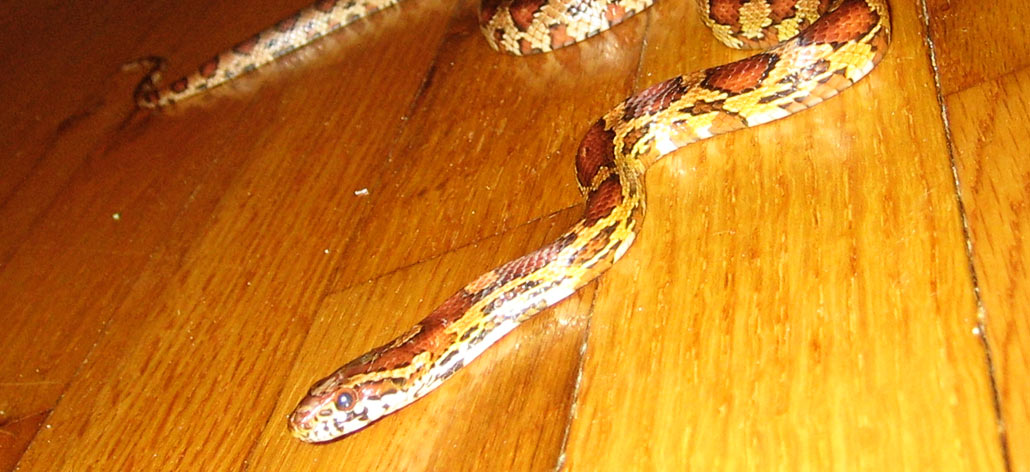- USA Wildlife Removal Education Guide - How do snakes produce venom?
How do snakes produce venom?

Venom of snake can be termed as a very highly modified type of saliva that contains zootoxins, which aid in immobilization as well as digestion of prey and it is the main weapon, which is used by snake for defending itself against threats. Venom is normally injected into the body of victims by means of fangs, but some species also spit it after biting. Glands that are normally involved in the secretion of zootoxins are known as modified forms of parotid salivary gland that is commonly found inside vertebrates and conventionally its present on both sides of head, behind and below eye and encapsulated in muscular sheath. There are larger alveoli present in glands which are responsible for the production of venom. The venom is normally stored prior to being transported by means of duct to base of fangs through which it is injected in the victim.
Twenty different kinds of compounds are present in the venom of snake and most of these are polypeptides and proteins. A complicated mixture of enzymes, proteins as well as other substances provides lethal properties to venom. It not only plays its part in the immobilization of prey, but also in its digestion. There are proteins present inside venom of snakes which are known for producing specified effects upon a variety of biological functions that include the following
- Coagulation of blood
- Regulation of Blood Pressure
- Muscular or nerve impulse transmission
Research has also shown that the proteins, which are present inside the venom, are variations of conventional proteins. Injecting of poison by means of snake bite is a common activity which is used by these creatures for their protection as well as survival. Therefore, it is always suggested that people should avoid frequent interactions with snake.
If you need help, we service the entire USA! Click here for a wildlife removal specialist in your town!
Go back to the main Snake Removal page for more information about How do snakes produce venom?.

